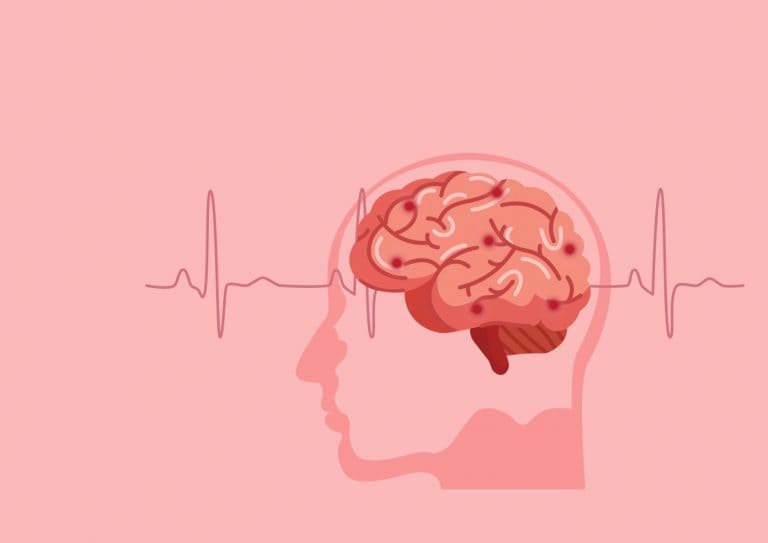
Why are teenagers and young adults at higher risk of being injured on our roads and is there anything we can do to keep them safe?
Adolescents and young adults (those aged 16-25) take more risks than any other age group – it is therefore unsurprising that they are more likely to be injured on our roads than adults with mature brains.
In this blog I’ll look at why teenagers take more risks and consider some strategies to help reduce the risks to teenagers when they are driving, cycling or travelling by foot.
I must say that researching this topic has been fascinating. I knew that adolescent brains differ to fully-developed adult brains but I had no idea just how different they really are.
Why do teenagers take more risks?
Risk-taking is not all bad, and in fact, as humans, we are biologically programmed to take some risk in order to succeed in life. If we didn’t take risks we would never dare try anything new for the fear of failure. When we take risks we get a hit of the neuro-transmitter dopamine, which is the chemical involved in pleasure and desire, giving us a rush of excitement. In fact, without dopamine it is difficult to pro-actively choose to do anything. Simply put, we all need dopamine in our lives.
The difficulties with risk-taking in teenagers arise because of several factors, one of these being the addictive nature of dopamine. Some studies have found that there is more dopamine activity in teenagers and increased dopamine release encourages attraction to new and immediately exciting experiences.
Another factor is that brain development falls behind physical development in adolescents and the limbic system (which is more primitive) dominates in teenagers. The pre-frontal cortex, which is better at assessing, planning and decision making isn’t fully mature until at least the mid-twenties! This makes teenagers more likely to engage in risky activities.
A third factor is an increased sensitivity to the rewards of peer relationships during adolescence, which compels teenagers to focus on their peers in decision-making situations that involve risky behaviour. Recent MRI studies show that teenagers’ brains show more activity in the reward centres when assessing risk if they think their peers are aware of their decision. In adults, the pre-frontal cortex was more active and the presence of friends made no difference to their risk-taking while driving.
Simply put, (and it’s something we already know) teenagers want to impress their friends! With these factors in mind, it is not at all surprising that teenagers are five times more likely to have a car accident when driving with others in the car than when alone.
How can we help teenagers with risk-management?
There is no simple solution or failsafe way to keeping teenagers and young adults completely out of harm’s way. And as much as parents might like to keep their teenagers home, they do need to explore and experiment in order to develop into fully functioning adults. However, there are a few things that could help minimise the risks:
- Setting a good example – The brain learns through copying – so if adults set a good example when it comes to driving, cycling and pedestrian behaviours, teenagers are more likely to follow suit. A good example of this would be adults using pedestrian crossings correctly and not using mobile phones while walking.
- Anticipating the risks – By simply being more aware of the potential areas of risky-behaviour that teens and young adults might be likely to engage in – specifically, being around peers – parents/guardians can seek to minimise risk. For example, when it comes to secondary school children making their own way to school (whether by walking, cycling or taking a bus), discussing the dangers of messing about with their friends near to the road, planning the safest route and discussing the potential risks and coping strategies if things don’t go to plan (i.e. what to do if they miss their bus) might help.
- Communication – Talking through situations where a teenager has to make a choice about whether to engage in risky behaviour ahead of time, may help them to make more sensible choices when such situations occur. An obvious example here would be speeding or engaging in other risky driving behaviours, especially when driving with peers as passengers. Other conversations could be around minimising distractions like music or mobile phones when driving, cycling or walking close to a road.
- Creating alternative outlets for risk-taking – Activities such as rock-climbing, zip-wiring (think ‘Go Ape’) and paint-balling can provide the excitement and socialisation that teens crave with a lower risk-profile. Challenging teenagers to push themselves beyond their comfort zone in other ways could also help, for example, by challenging them to audition for a part in a play or to try a new sport.
- Supervising and/or setting boundaries – In potentially high risk situations, supervision could be considered, although it’s not likely to be a popular option with teens seeking more freedom. An alternative could be setting some clear boundaries. For example, if you have a teen who has recently passed their driving test you could put a limit on how many passengers you are happy for them to have in the car when they are driving, until they are a bit older and more experienced.
What are the effects of brain-injury on teenagers and young adults?
Brain injury can cause numerous issues for young survivors, impacting on all areas of their life, including but not limited to – difficulties with cognitive ability, speech, fatigue, emotions, mobility and memory. All of the ‘coming of age’ life stages such as moving out of the family home, attending higher education, getting a job and navigating friendships & romantic relationships can be dramatically impacted too.
We are experienced at dealing with brain injury claims for young people who are navigating all of these tricky life stages at the same time as trying to recover from a brain injury and we appreciate how difficult it is, not only for the injured young person, but for their families as well.
Exploring the neuroscience behind why teenagers behave the way they do has definitely given me a better appreciation of the adolescent brain and more empathy and understanding towards teenagers. I hope the above suggestions for reducing the risk of injury will be of some use if you have adolescents at home.










